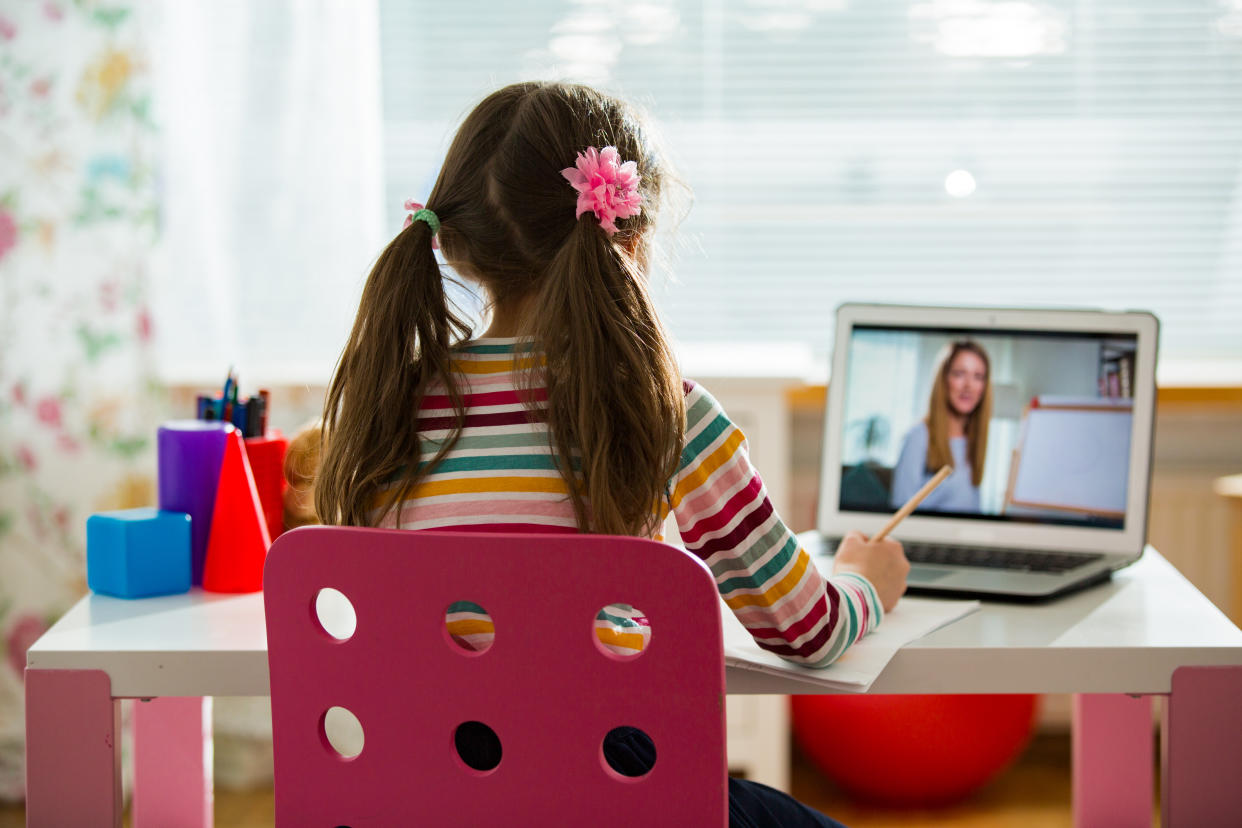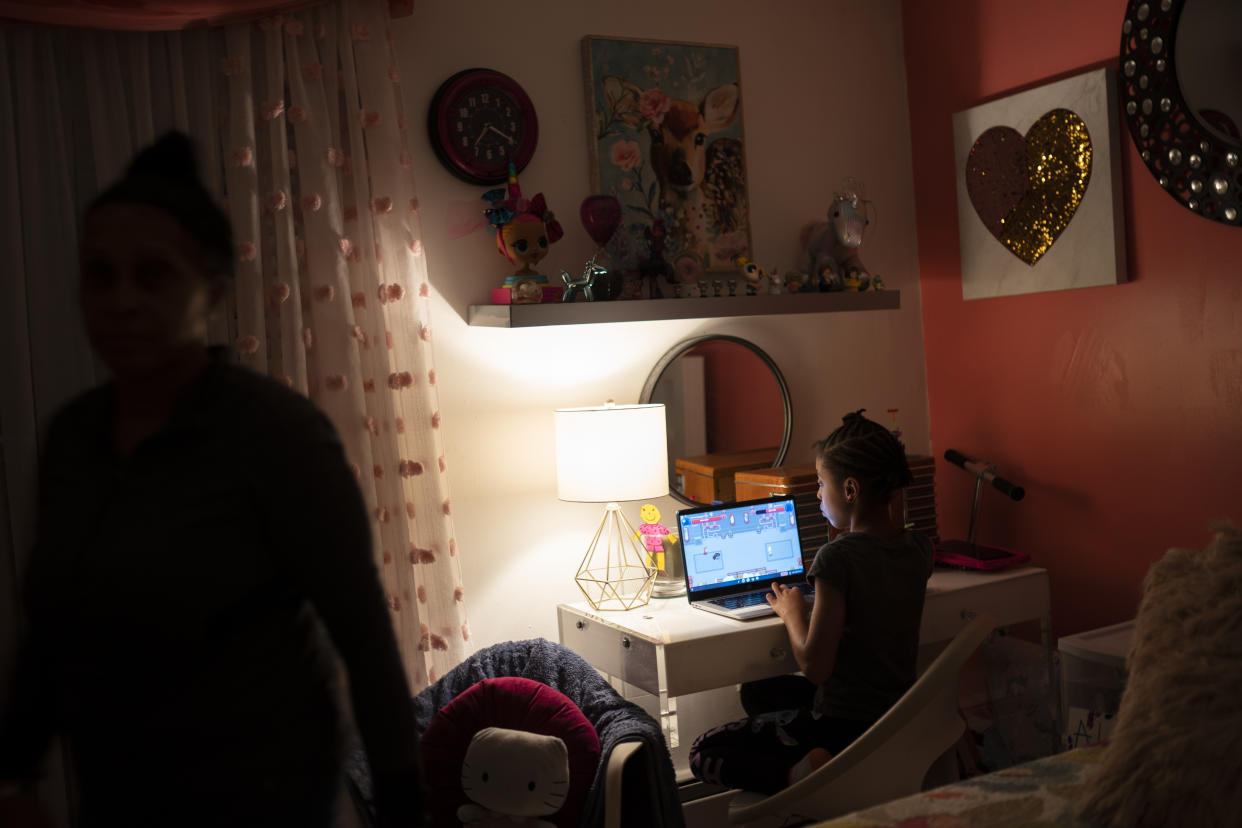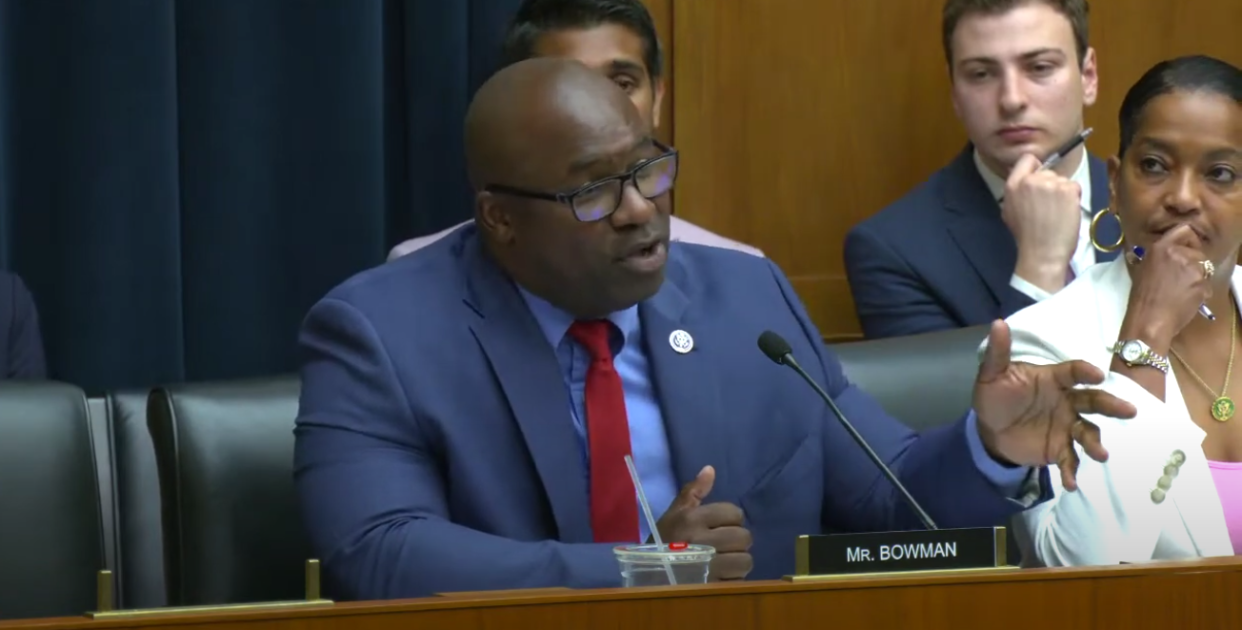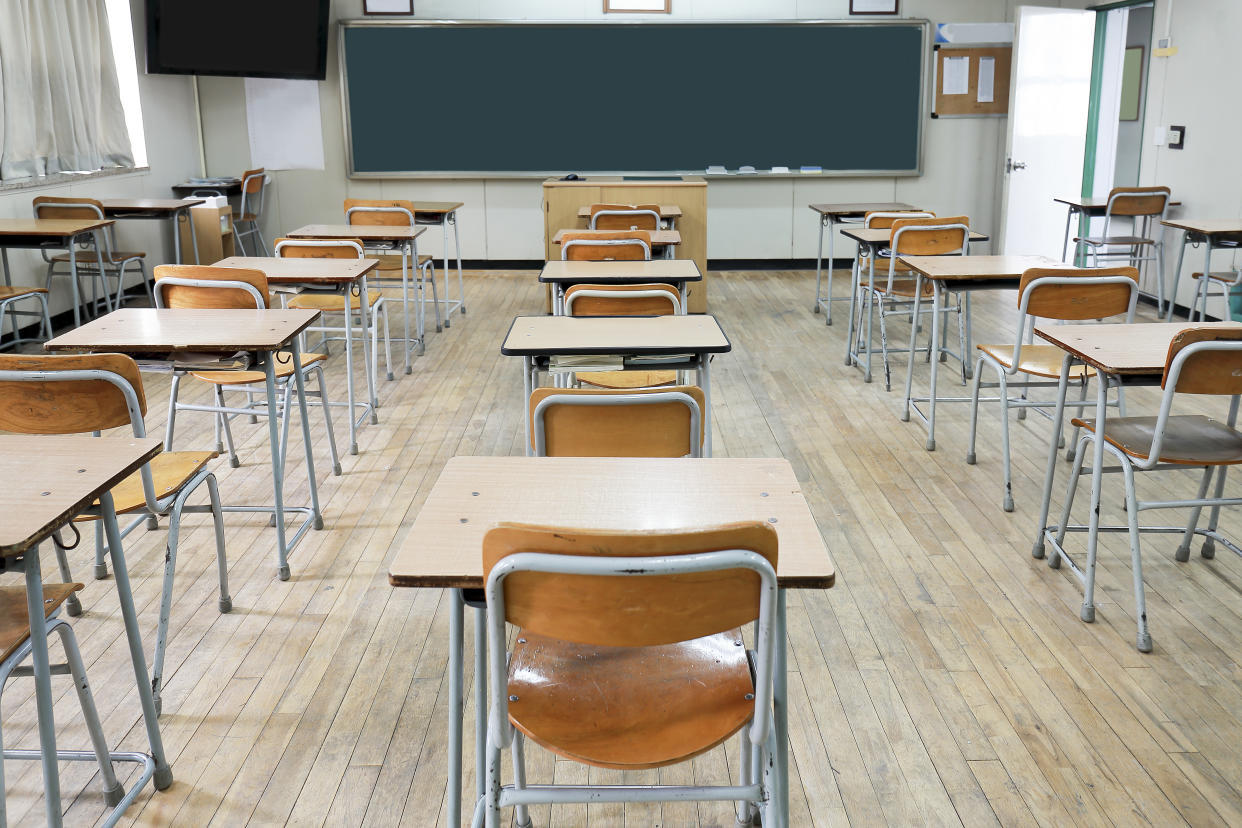Democrats defend pandemic school closures: 3 takeaways from a heated House hearing

In a matter of weeks, children across the nation will return to school. The vast majority will do so without masks, or having to show proof of COVID-19 vaccination.
Yet for many families, the learning loss and emotional trauma caused by remote learning linger, a painful reminder of what is now widely considered one of the biggest policy mistakes of the pandemic.
A House hearing on Wednesday afternoon, titled “Generational Learning Loss: How Pandemic School Closures Hurt Students,” laid bare the lingering bitterness and division over the decision to shutter schools in March 2020, when the coronavirus pandemic arrived in full force in the United States.
Most remarkable of all, the hearing saw some Democrats defend school closures despite the fact that the practice proved not only damaging, but politically toxic.
Read more from Yahoo News: School closures haunt Democrats as frustrated parents cast their votes
‘It’s been just a disaster’

“Do you remember the ’90s?” Rep. Aaron Bean, R-Fla., who chaired the hearing, asked at the opening of the proceedings.
The congressman was not interested in a nostalgic journey back to the era of stonewashed jeans and colorful Trapper Keeper binders. Instead, Bean was making the point that pandemic learning loss was so staggering that in some cases, all of the progress made since the 1990s has been reversed.
Learning loss has been recorded across grade levels and subjects, suggesting that remote learning spared very few. Hardest hit were poorer children and children of color, who, in some cases, lacked adequate internet access. In some households, parents who held “essential” jobs were unable to help their children with online learning.
The Biden administration devoted $130 billion to schools in its coronavirus relief package, which they were supposed to use to reopen safely and implement tutoring programs. But considering the scope of the problem, even that investment may not be enough.
“The pandemic caused the largest negative shock to student learning the country has ever seen,” said witness Nat Malkus, an education expert at the conservative American Enterprise Institute. He added that the pandemic widened the “achievement gap” between white and Asian students on the one hand and students of color on the other.
Educators had worked for years to close that gap, only to see their efforts undone by remote learning. In some large cities, including Chicago and Washington, D.C. — where schools cater largely to nonwhite populations — schools stayed either fully or partially closed well into 2021.
“It’s been just a disaster,” said witness Derrell Bradford, an education reformer. Bradford said he was initially in favor of closing schools but later reached a much more grim assessment of that decision.
‘If kids are dead, they don’t learn’

Democrats defended remote learning as a necessary response to a novel pathogen. But in some cases, they also exaggerated the risk of the coronavirus to children, or the extent to which COVID-19 spread in schools.
“If we would’ve kept schools open, more people would have died due to COVID,” Rep. Jamaal Bowman of New York, who was once a school principal in the Bronx, said in his fiery remarks. There is no evidence, however, that in states like Florida, where schools reopened early, the coronavirus spread more rapidly as a result.
Bowman also said that it was incorrect to refer to “learning loss,” an echo of arguments made by teachers’ unions that educational setbacks are being exaggerated.
“If kids are dead, they don’t learn,” said Rep. Jahana Hayes of Connecticut, a former national teacher of the year. Very few children across the nation died from or were seriously sickened by the coronavirus, and those who did often had other conditions, like asthma.
Read more from Yahoo News:Learning loss was steepest in school districts that stayed remote longest
Still stuck in 2020

In the first days of the pandemic, “We are all in this together” was a rallying cry for a frightened, locked-down nation.
But by the time summer arrived, the togetherness vanished as debates over masks and restrictions grew increasingly bitter. Republicans like Gov. Ron DeSantis of Florida pushed for schools to reopen. So did then-President Donald Trump, though arguably with less focus than the issue demanded.
Democrats, on the other hand, sided with experts who said it was too early to reopen schools. It was an argument amplified by teachers’ unions, which have historically been aligned with Democrats.
“There was a lot of position taking early on,” Malkus of AEI said, describing attitudes about school reopenings as “ossified.” He lamented that the nation remained “stuck in summer 2020” when it came to the debate over schools.
What would it take to become unstuck and reach a consensus about the way forward?
Nobody seemed to have that answer.
Read more from Yahoo News: The coronavirus closed schools. Our diseased politics is keeping them closed.
